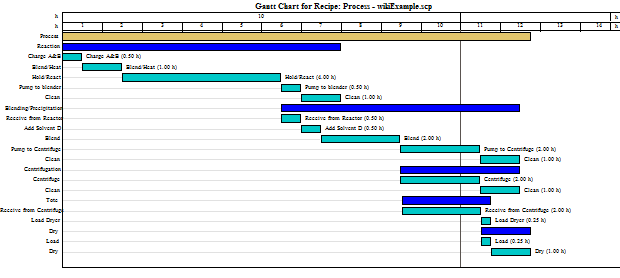Forward scheduling is a popular method for planning and organizing tasks. It involves setting up a timeline of events or activities that must be completed to reach your desired outcome.
In this article, we’ll discuss the pros and cons of forward scheduling so that you can decide whether it’s right for you.
What is Forward Scheduling?
Forward scheduling is a proven method of planning out tasks in advance. It involves charting out the timeline of activities, setting deadlines, and mapping out resources to complete them.
This concept includes creating a plan consistent with established goals and objectives.
Forward scheduling allows managers to identify problems and make any adjustments as needed. It also ensures tasks are completed on time and within budget.
Forward scheduling helps organizations identify potential risks before they become problems and take preventive measures accordingly. This type of scheduling is beneficial for businesses as it enables them to maximize their resources and maintain control over the progress of activities.
Advantages of Forward Scheduling
Forward scheduling is an effective strategy for ensuring that resources are used efficiently, and projects are completed on time.
Better Utilization of Resources
Forward scheduling is an incredibly valuable tool for better utilization of resources, as it allows organizations to plan and make more informed decisions about when, where, and how they use their resources.
By planning in advance, businesses can ensure that the right people are available at the right time and place to do the job efficiently. This helps reduce costs by reducing waste and ensuring that all resources are used optimally.
More Likely to Finish Early
Forward scheduling is beneficial for completing projects early. It allows resources to be allocated in advance, allowing more accurate actions of how long a project will take and when tasks must be completed.
This type of scheduling results in better resource utilization and the ability to plan, which increases the chances that resources are available when needed and reduces the risk of delays.
Forward scheduling encourages proactive planning rather than reactive responses, meaning problems encountered during a project can often be addressed quickly and efficiently.
Challenges with Forward Scheduling
Although there are many benefits to utilizing forward scheduling, it also comes with challenges.
Overload the Number of Jobs in Progress
Overload can be a double-edged sword when it comes to forward scheduling.
On the one hand, it can be beneficial in allowing managers to quickly and efficiently plan their schedule and assign tasks to team members. Managers can ensure that every task is addressed by having more jobs in progress simultaneously.
However, it can also lead to confusion and chaos if too many tasks are scheduled for the same day or week. If the workloads of each employee become too unmanageable, it can lead to a decrease in productivity and quality of work.
When using forward scheduling, managers should ensure that tasks are evenly distributed across team members so as not to overwhelm any person.
Can Still Cause Problems when Delays Arise
Forward scheduling can still cause problems even when delays arise.
This is because forward scheduling assumes all tasks will be completed within the allotted time frame. When delays occur, forward scheduling can lead to a domino effect of other tasks being delayed, resulting in a significant disruption of the entire production process.
Differences Between Forward Scheduling and Backward Scheduling
Forward scheduling refers to scheduling tasks and activities starting from the project start date and moving forward in time.
In other words, the project manager determines the earliest possible start date for each task based on the availability of resources and dependencies between jobs and then schedules each task to start as soon as possible.
This approach can help identify potential bottlenecks and resource constraints early in the project and allow for adjustments.
On the other hand, backward scheduling starts with the project end date and schedules tasks and activities in reverse order, working backward in time.
This means that the project manager determines the latest possible end date for each task, based on project deadlines and dependencies, and then schedules each task to finish as late as possible without delaying the overall project completion date. This approach helps ensure that the project is completed on time and can help identify critical tasks that must be completed within specific timeframes.
The main difference between forward and backward scheduling is the direction in which the scheduling is performed.
How LillyWorks Can Help Grow Your Business
As a manufacturing company, your success is driven by your ability to produce high-quality products efficiently and deliver them to your customers on time.
Our committed Professional Services team provides customers nationwide with implementation, training, and support so you can focus on the growth of your business.
Contact LillyWorks to find out how we can help you.
